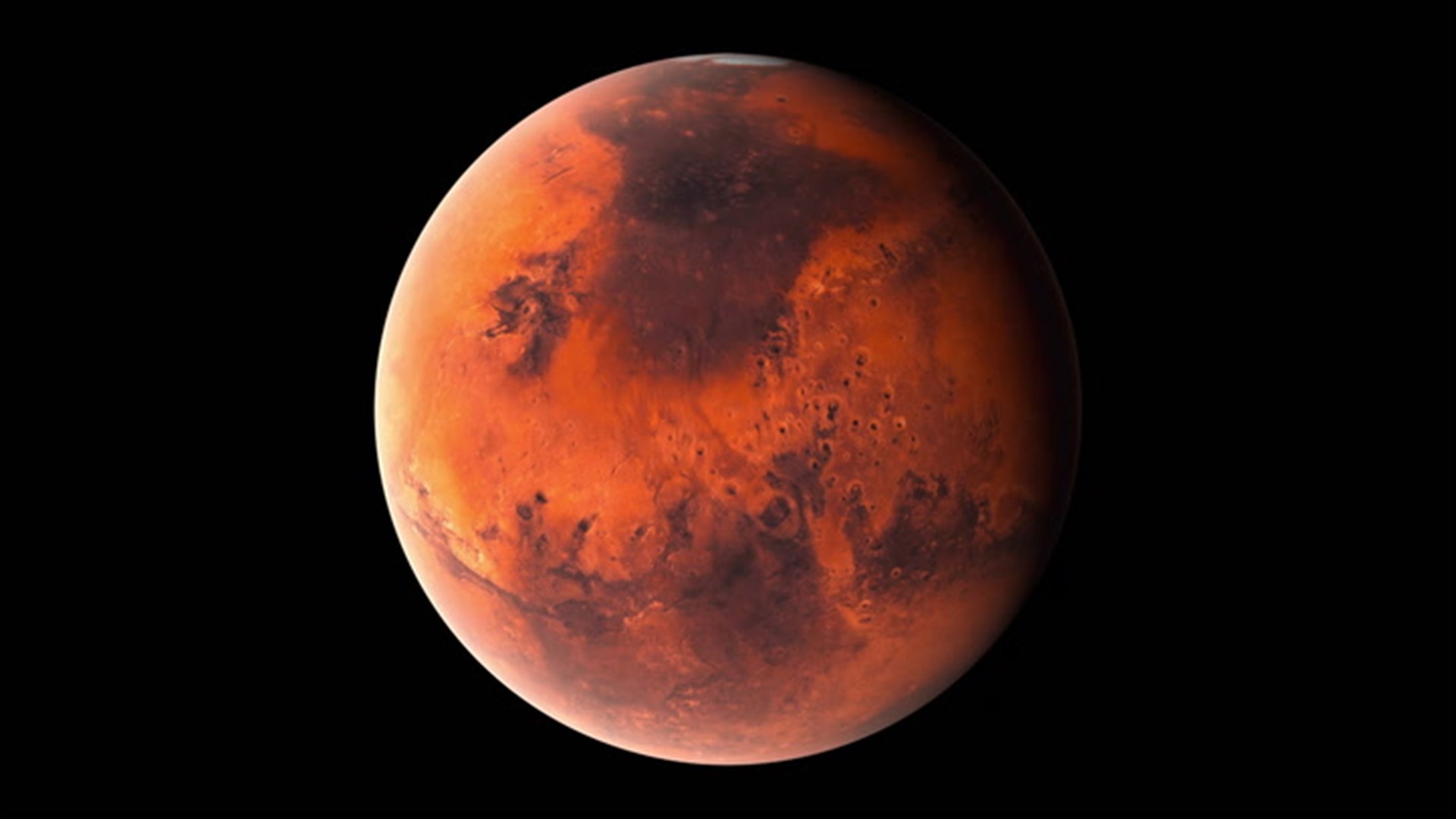If the skies are clear this week, go outside and check out Mars. The Red Planet won't be this close again for the next 15 years.
Tuesday morning at 10 a.m. EDT, 7 a.m. PDT, Mars will be 38.6 million miles from Earth, according to NASA. While those without a telescope may not be able to see it, Mars will still be visible at night in the southern sky, with Tuesday night being the best chance to look.
Earth orbits the sun every 365 days. Mars orbits every 687 days. Due to this, the two planets reach their closest point to each other approximately every 26 months. The next close approach will be Dec. 8, 2022.
But don't let the words "close approach" fool you. It's not always 38.6 million miles, NASA says. Sometimes they are closer and sometimes they are farther. That's thanks to multiple factors: gravitational influence of other planets, that Mars' orbit is on a slightly different plane than Earth's and that both planets have elliptical orbits -- they are not perfect circles.
In 2003, Mars made its closest approach to Earth in nearly 60,000 years, according to NASA. It won't be that close again until the year 2287. At their closest-possible approach, Earth and Mars are 33.9 million miles apart.
Don't fall for what NASA calls the "Mars Hoax" -- a fallacy that spreads on social media during close approaches which claims that Mars will appear as big as the Moon. It won't.
The Perseverance rover is about 1/3 through its journey to Mars with a projected landing on Feb.18, 2021.


